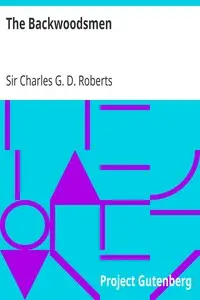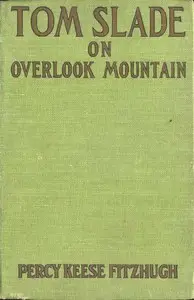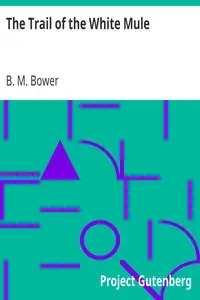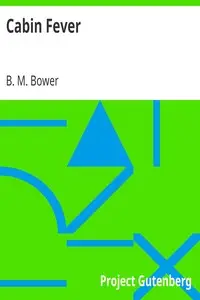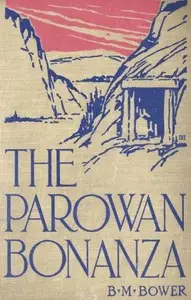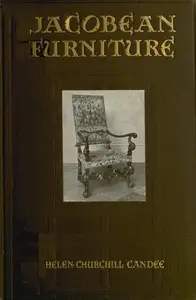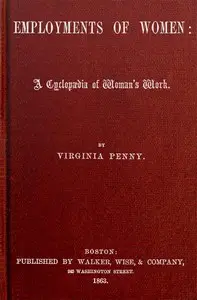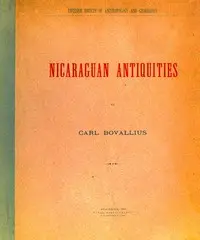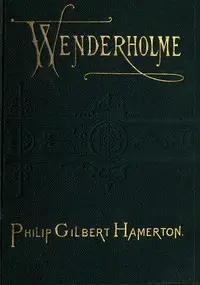"The Lookout Man" by B. M. Bower is a story about a young man named Jack Corey whose life takes a sharp turn after a night of youthful indiscretion turns into a crime. Facing the real possibility of punishment, Jack runs away, seeking refuge as a fire lookout in the lonely wilderness. The novel begins amid the lively chaos of a beach town's nightlife, highlighting Jack's carefree attitude until an ill-conceived prank takes a dangerous turn. Jack's involvement results in an accidental shooting, driving him to flee into the mountains. In his isolated new life, the weight of his actions and regret force him to confront his past and contemplate the future, revealing the stark contrast between his previous life and his current reality.

The Lookout Man
By B. M. Bower
A young man's reckless behavior leads to an accidental crime, forcing him into a solitary life in the mountains where he must face his guilt and an uncertain future.
Summary
About the AuthorBertha Muzzy Sinclair or Sinclair-Cowan, née Muzzy, best known by her pseudonym B. M. Bower, was an American author who wrote novels, fictional short stories, and screenplays about the American Old West. Her works, featuring cowboys and cows of the Flying U Ranch in Montana, reflected "an interest in ranch life, the use of working cowboys as main characters, the occasional appearance of eastern types for the sake of contrast, a sense of western geography as simultaneously harsh and grand, and a good deal of factual attention to such matters as cattle branding and bronc busting." She was married three times: to Clayton Bower in 1890, to Bertrand William Sinclair in 1905, and to Robert Elsworth Cowan in 1921. However, she chose to publish under the name Bower.
Bertha Muzzy Sinclair or Sinclair-Cowan, née Muzzy, best known by her pseudonym B. M. Bower, was an American author who wrote novels, fictional short stories, and screenplays about the American Old West. Her works, featuring cowboys and cows of the Flying U Ranch in Montana, reflected "an interest in ranch life, the use of working cowboys as main characters, the occasional appearance of eastern types for the sake of contrast, a sense of western geography as simultaneously harsh and grand, and a good deal of factual attention to such matters as cattle branding and bronc busting." She was married three times: to Clayton Bower in 1890, to Bertrand William Sinclair in 1905, and to Robert Elsworth Cowan in 1921. However, she chose to publish under the name Bower.

